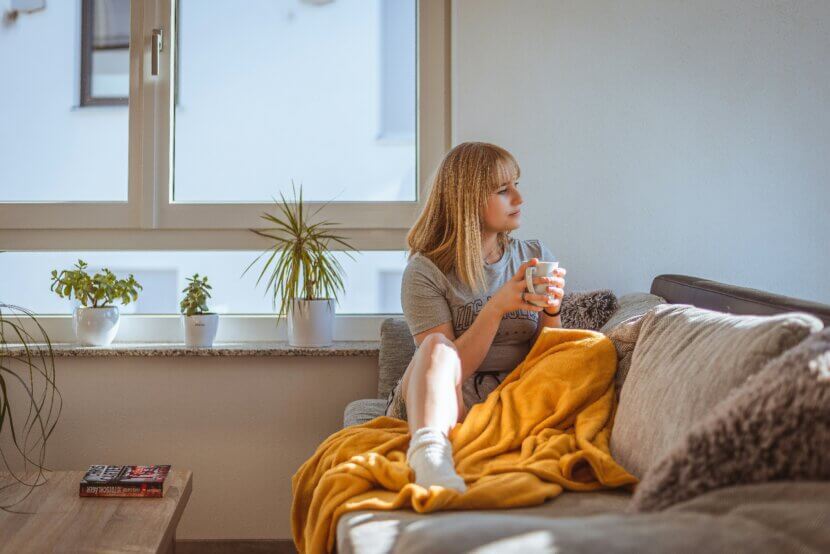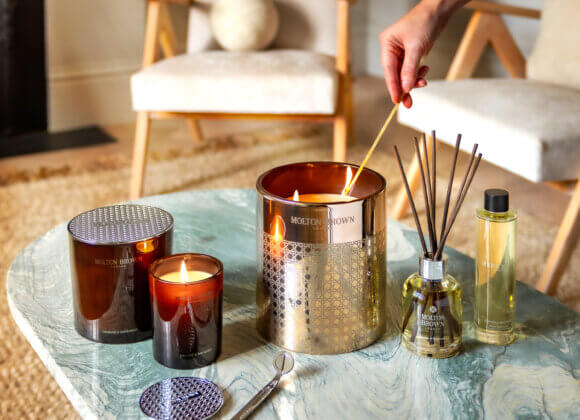Too hot, too cold or just right? The perfect room temperature not only protects your wallet and the environment, but also increases your well-being.
The heating season also marks the start of discussions about the temperature in the house or apartment. One person finds it too warm, another finds it too cool, another finds it just right. In a nutshell: the perception of temperature is highly individual.
Why do people have different temperature sensations?
The fact that people perceive temperatures differently is not only due to their clothing. Age, weight, blood pressure, metabolism, hormonal balance, physical condition, the density of heat and cold receptors in the skin and various other factors – scientists estimate that there are around 70 influencing variables – also have an impact on our perception of temperature. Gender also plays a role: men have thicker skin and usually more muscle mass than women and are therefore better protected from the cold.
How do you find the optimum room temperature?
As already mentioned, the right room temperature varies from person to person. For a comfortable indoor climate, environmental health experts such as Hans-Peter Hutter recommend a relative humidity of between 30 and 50 percent and a room temperature of between 19 and 23 degrees in the cold season. And the World Health Organization (WHO) recommends a minimum indoor temperature of 18 degrees in countries with a temperate or colder climate.
Incidentally, the temperature of a room’s surfaces also influences comfort. If the walls are cold, for example, even 23 degrees is still perceived as cool.
What temperature for which rooms?
First things first: Ideally, the individual rooms should not be heated to the same degree. In this context, the environmental consultancy recommends a temperature of 14 to 17 degrees for anterooms and between 16 and 18 degrees for bedrooms. The children’s room should be slightly warmer at 18 to 21 degrees and the living room at around 20 to 22 degrees. 18 to 20 degrees is considered ideal for kitchens. The coziest temperature is 20 to 24 degrees in the bathroom.

Why shouldn’t the room temperature be too warm?
In winter in particular, the combination of overheated rooms and the low humidity often associated with this can have a negative impact on well-being and health. In this case, the mucous membranes dry out, making them more susceptible to pathogens and air pollutants. The eyes also suffer from the dry heating air and can become red and itchy.
In addition to your health, your bank account will also benefit from a slightly lower room temperature. According to the environmental consultancy, lowering the temperature by just one degree Celsius can save up to six percent on heating costs. This also benefits the environment as it reduces emissions.
But why shouldn’t it be too cold?
If you spend a long time shivering indoors, this can weaken your immune system. In addition, people tend to cramp up in the cold, which can lead to tension. Rooms that are too cold also pose another health risk, namely mold. Cold air can store less water than warm air. If the humidity settles as water vapor on cool walls, it condenses there – increasing the risk of mold spores settling in this area.
Should the apartment be heated the same way all the time?
Ideally, the room temperature should be lowered by two or three degrees at night or when the home is empty for several hours. If you are away for a longer period of time, however, the heating can be turned down more. However, it should not be turned down completely: If the house or apartment cools down too much, it takes a lot of energy to heat it up afterwards – and it is also uncomfortable during this time.
Related posts:
Energy communities – using energy together













